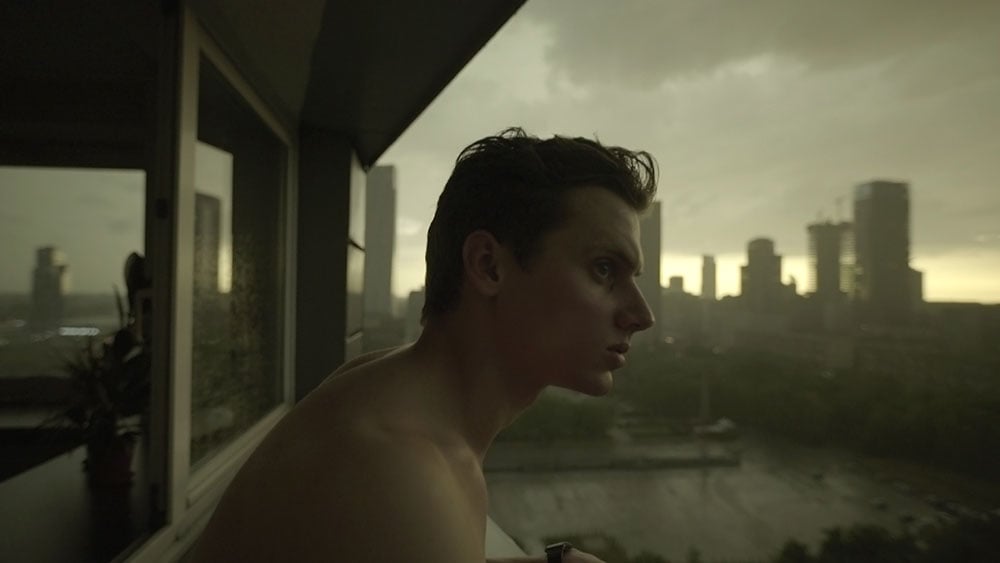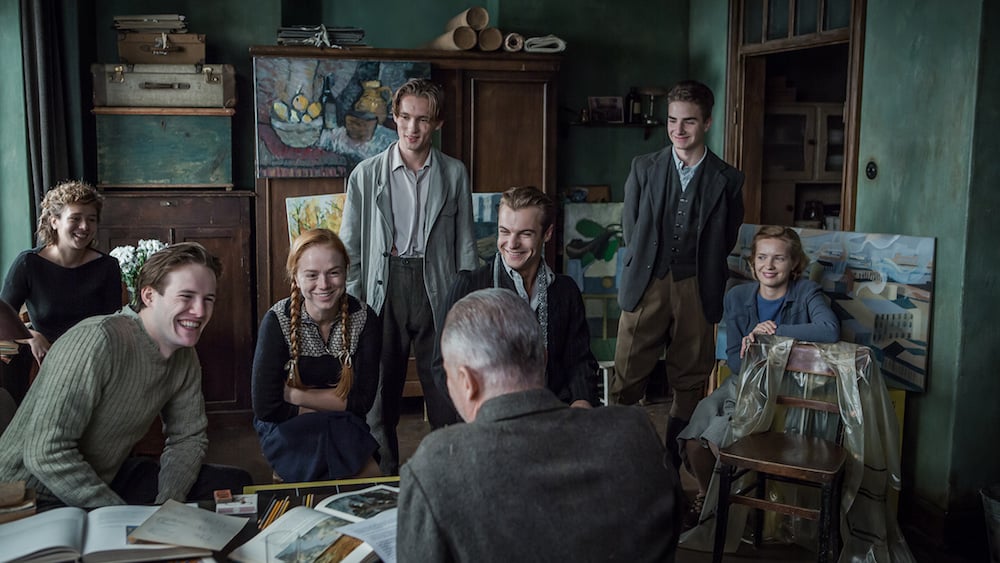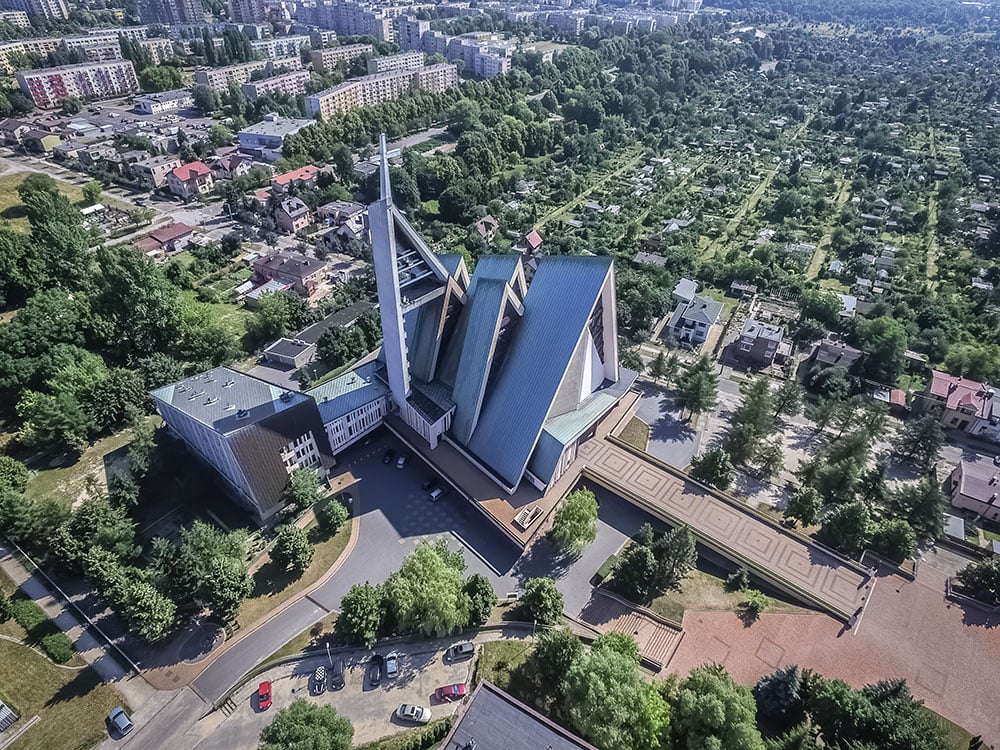Hell is other people: a biopic uncovers the dark, dysfunctional family life of a great Polish artist
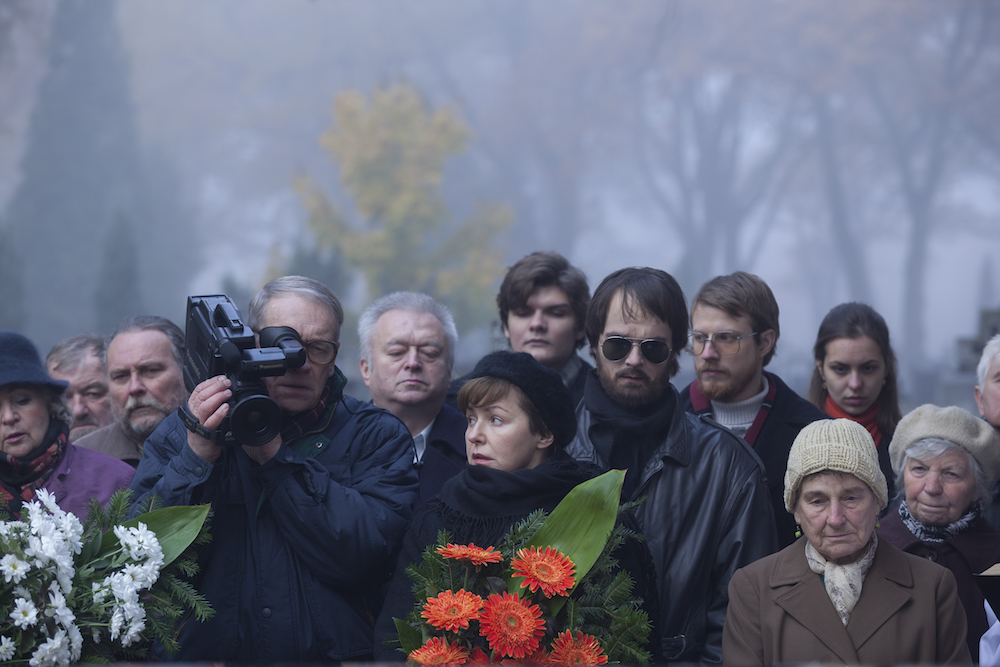
Young Polish director Jan P. Matuszynski painstakingly reconstructed archive footage to recreate the often extreme domestic life of artist Zdzisław Beksiński. The result, The Last Family, is both comic and unsettling, as Carmen Gray discovers
Zdzisław Beksiński is a Polish artist associated with dark catastrophe. This is not only for his surreal paintings and photographs dealing with death and dystopia, but also for the nature of his own demise: stabbed in his Warsaw apartment by the son of his caretaker. Beksiński recorded his own dysfunctional family life almost obsessively, starting with a tape recorder in 1957 the year before his son Tomasz was born, and moving to VHS camcorder in the ’80s.
Young director Jan P. Matuszynski, a trained documentarian, mined this extensive collection for his fiction debut The Last Family. He meticulously recreated scenes from the archive for a unique, unnerving and comically absurdist portrayal of the Beksiński family, which raises challenging questions about self-determination and how troubled minds co-exist together. Veteran star Andrzej Seweryn (who has also appeared in films by Wajda, Spielberg and Resnais) won a Best Actor at the world premiere in Locarno for his portrayal of the painter. With the film now out on UK release, we spoke to director Matuszynski about delving deep into this remarkable and bizarre family record.
“I don’t want to judge. It’s not my part in this process,” Matuszynski says of his take on the Beksińskis. He wanted to make not so much a biopic of a famous painter as a “case study” of a family, in which every audience member can see their own experiences echoed in various ways. “Every reflection is different because every viewer is a unique one.”
‘It intrigued me that the two males are at once similar and different in so many ways. They struggle with the world in its darkest corners. It’s the same with Zosia too’
For all this professed universality, the behaviour we’re witness to in The Last Family is often extreme. It opens with Zdzisław wryly recounting his fantasy about a virtual reality programme that could conjure up Alicia Silverstone with sadistic tendencies built in, to make him feel like trash as she crushes his limbs. Calm and amiable on the outside, his attention is engaged by an imagined alternate reality — which emerges onto the dystopian painted canvases his family live amidst. His son Tomasz (Dawid Ogrodnik) — neurotically agitated, suicidal and prone to frequent anti-social outbursts — is less able to confine his dark side to his artistic practice. A radio DJ, he introduced Poland to new ‘80s British bands such as Yazoo (a striking soundtrack contrasts his tastes with the Mahler and other classical musicians his father painted to) and translated many films, including those of Monty Python. Despite his popularity, he can’t muster his father’s jaded acceptance that life is far from “sunshine and rainbows”.
The film is an intriguing meditation on Sartre’s notion that hell is other people; that our consciousness never really exists in isolation. In focusing less on Zdzisław’s painting career and more on his relationship with his son Tomasz, it raises fascinating questions about how inner worlds collide. Less brashly attention-grabbing is Zdzisław’s wife Zosia (Aleksandra Konieczna), who with her unfussy practicality is the stable, patient core around which the family turns. “It intrigued me that the two males are at once similar and different in so many ways,” says Matuszynski. “They struggle with the world in its darkest corners. It’s the same with Zosia too. You won’t find a simple solution here.”
‘Everyone’s family is in some ways a freaky one’
Matuszynski recalled encountering Zdzisław Beksiński’s paintings for the first time on a gallery visit with his mother when he was ten. “Of course, I found them intriguing,” he says. But he doesn’t consider himself an avid fan of the painter’s work — rather, it was the film’s exceptional screenplay by Robert Bolesto that hooked him in. “The Beksiński family was just a bonus here, not the main course,” says the director of his attraction to the project. Bolesto had done extensive research on the family, through access to their years of camcorder footage, letters, diaries and memorabilia. “We used this material in the creative process with much attention but also discretion,” says Matuszynski. “Those archives were a great opportunity to find so many details about this family, and we spent tons of hours talking about those things. It was a pleasure to get so deep into this family. We all really felt for them. I knew that some things we got to know couldn’t get outside our walls, and they didn’t.” He adds that there has been a tendency in Poland to treat the family’s case as a “really dark and spooky” one. “They had their moments like that for sure, but they all also had a great sense of humour.”
Scenes from the archive footage are painstakingly reconstructed, using master shots that keep all the characters in view so the viewer can choose whose reactions they focus on: a framing approach that supports a sense of the film as a drama of family interaction, rather than a tribute to one idolised genius. Credit is due to cinematographer Kacper Fertacz for the beautifully shot and textured look, which provides a rich sense of time and place, even as overt references to wider historical shifts of the era are minimal and much of the action is confined to the family’s apartments. Rather than seeing him through the lens of, for instance, Soviet-era censorship (aside from the implications of a behind-doors arrangement to sell paintings abroad, we glean little of Zdzisław’s relation to the state) this more intimate take on the artist offers a fresh and singular perspective. “It’s about a family, not about politics,” says Matuszynski. “You can feel the vibe of the moment, but there are other ways of telling that it’s for example the year 1989 than just showing the wall going down in Berlin. And it’s just not that kind of a story. They didn’t really care about politics in the first place, and their life didn’t change that much after communism was gone because they already had money in the ‘80s.”
And ultimately, for Matuszynski, specifics of time and place in The Last Family are secondary. “It looks quite familiar, doesn’t it?” he says of the film. “Maybe the Beksińskis are sometimes really freaky but if you ask me, everyone’s family is in some ways a freaky one. Maybe that’s why people like the film so much. Because everyone has a Beksiński factor deep inside.”
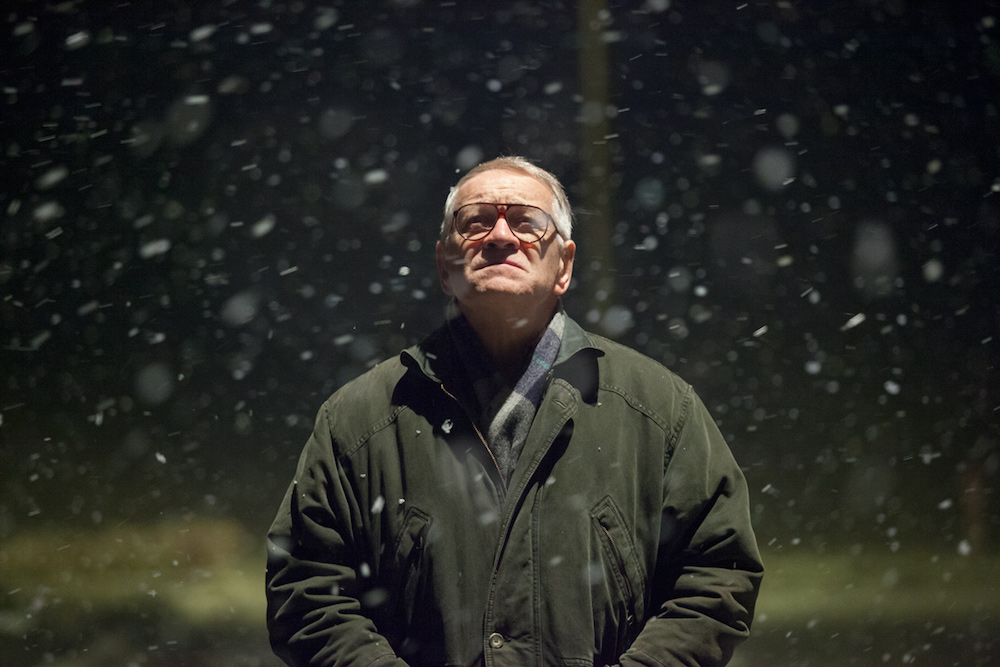
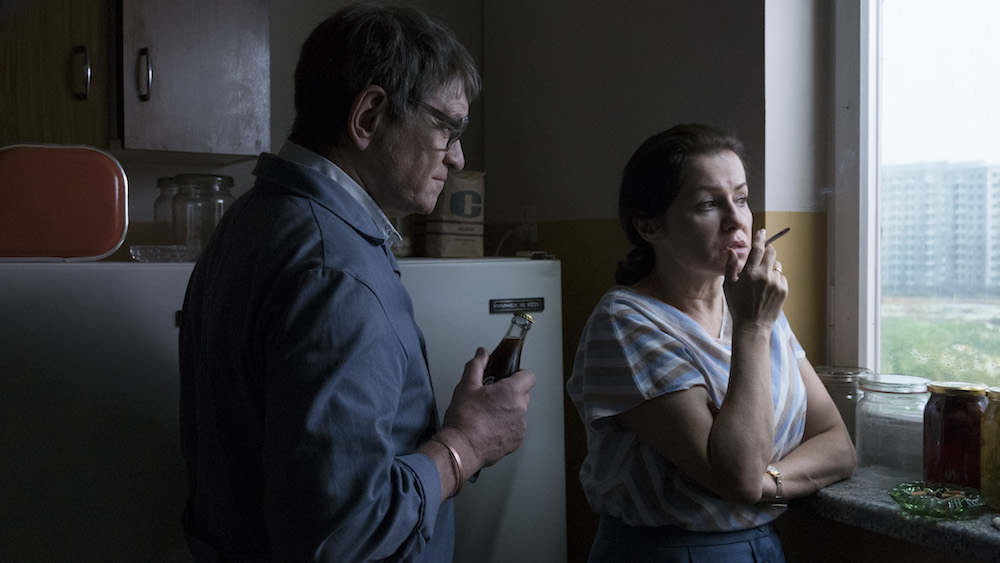
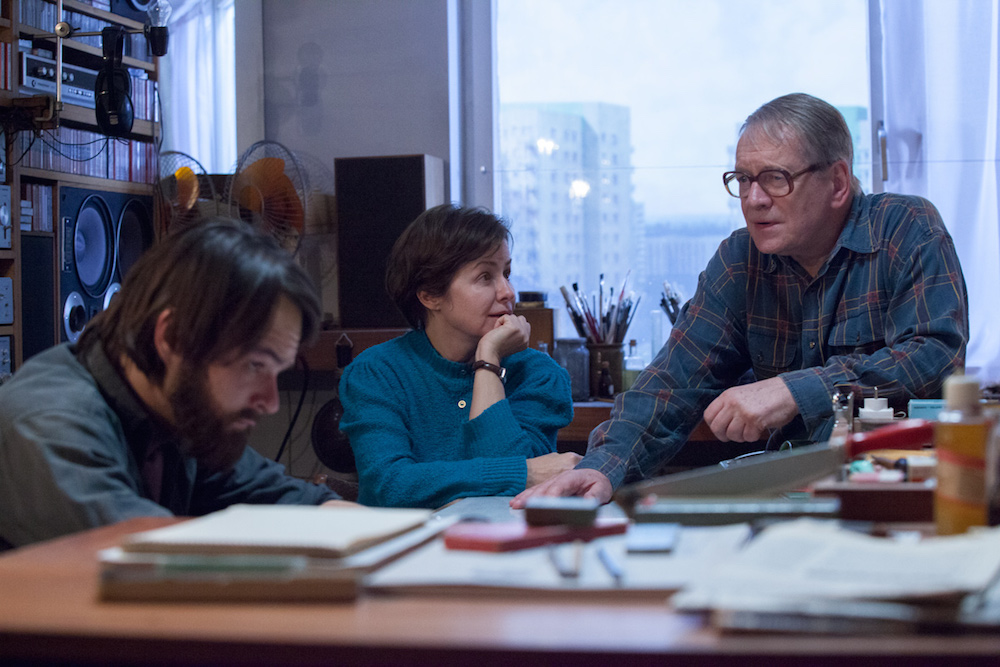
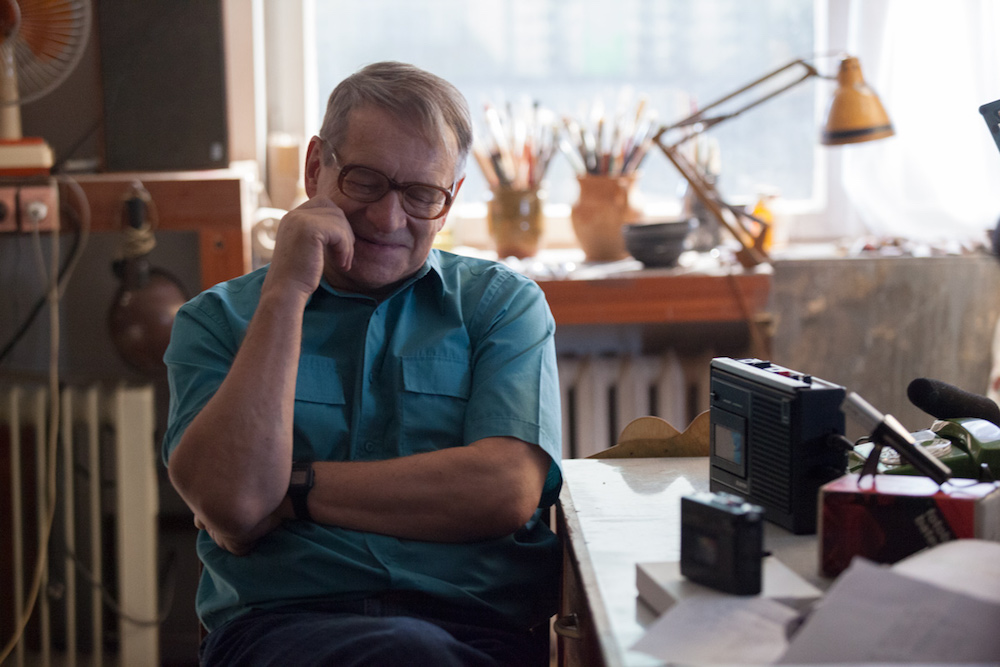
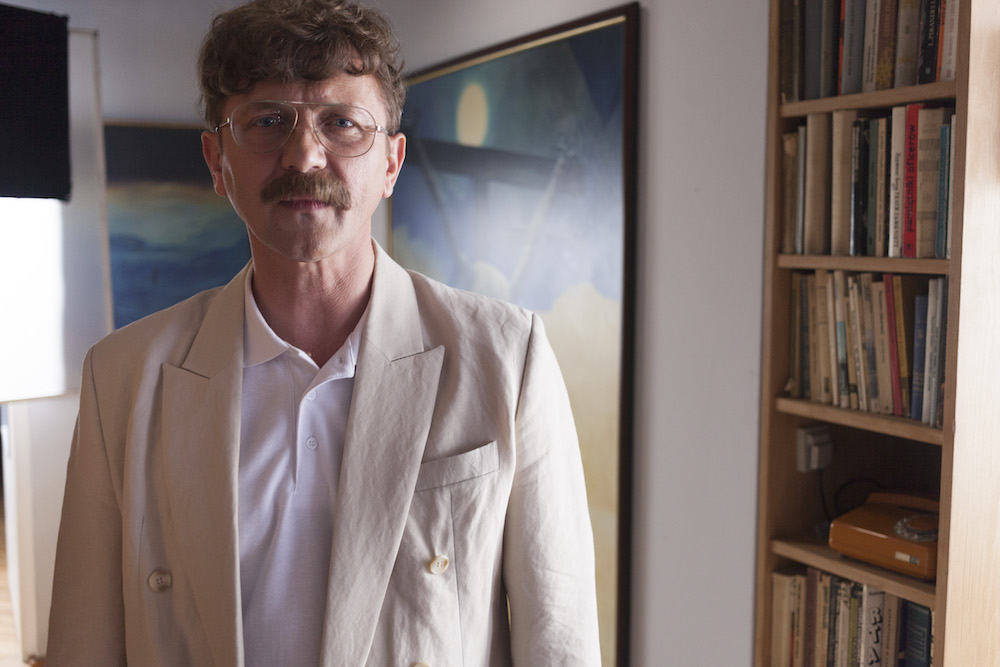
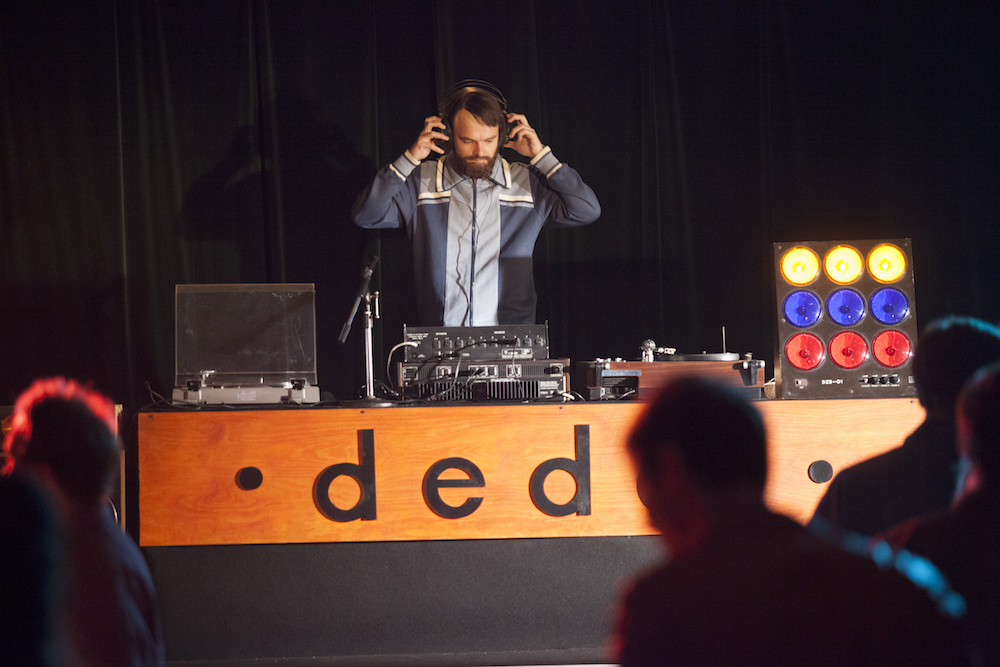
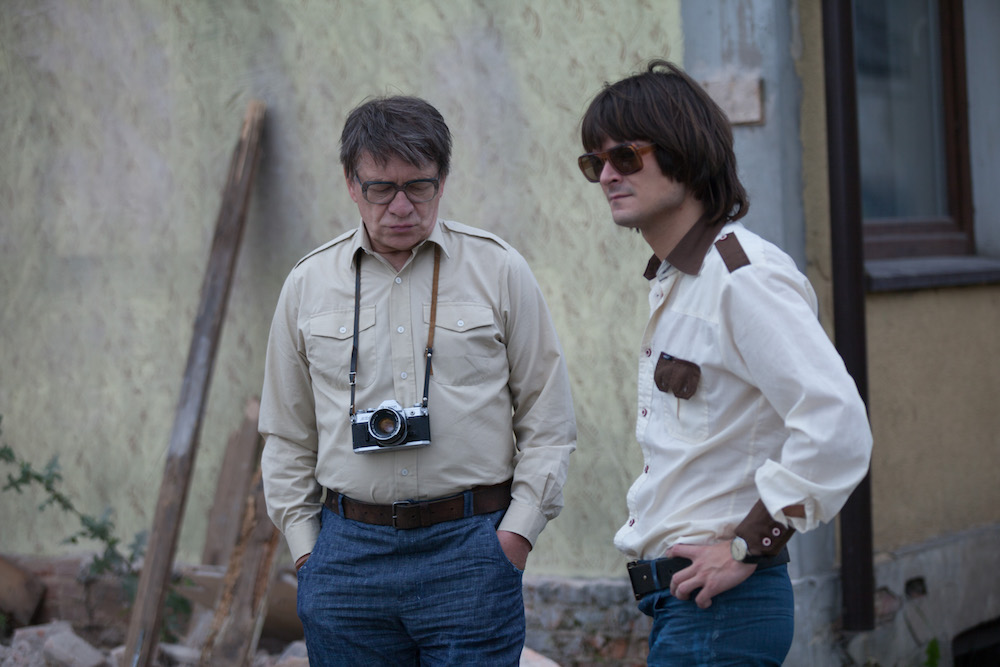
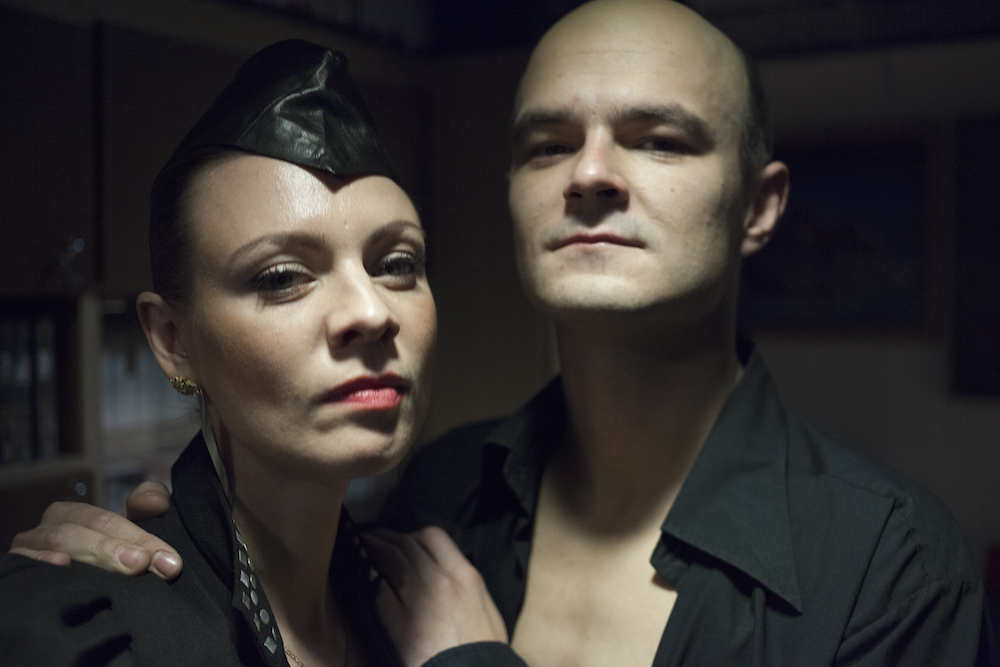
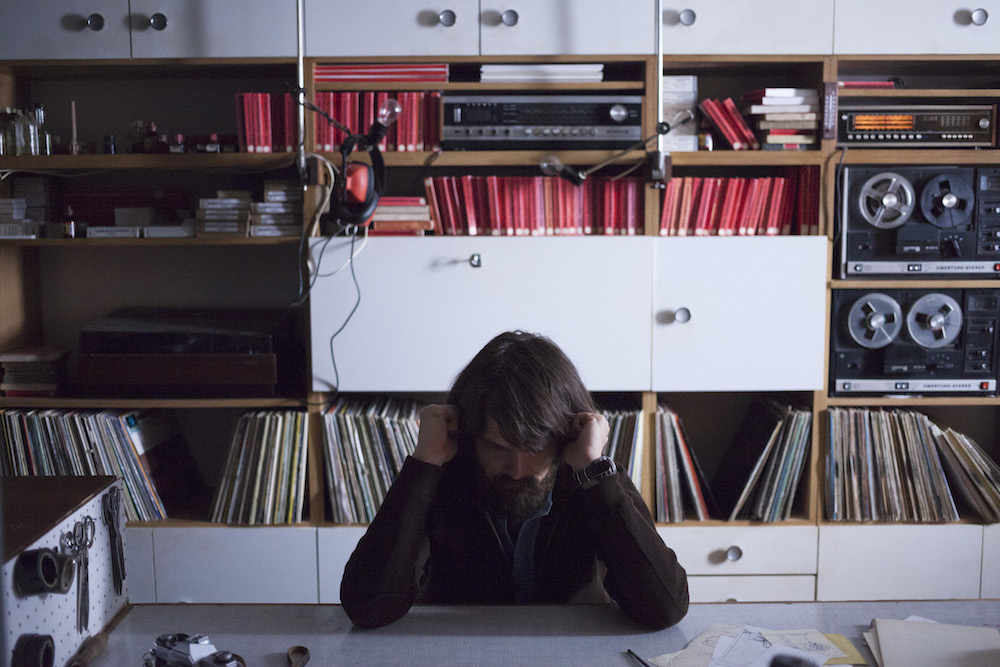
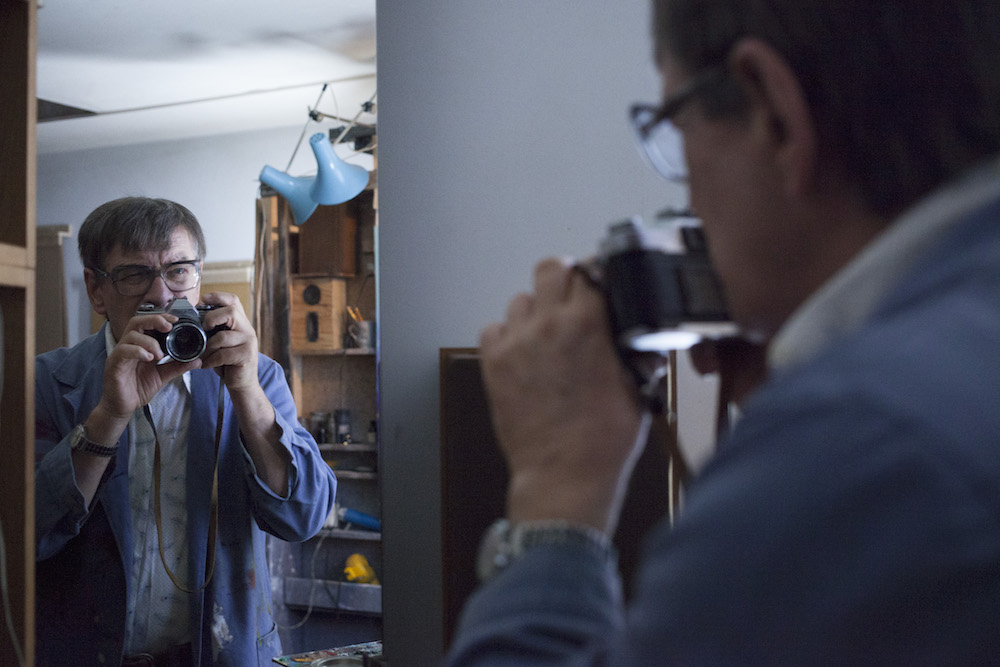
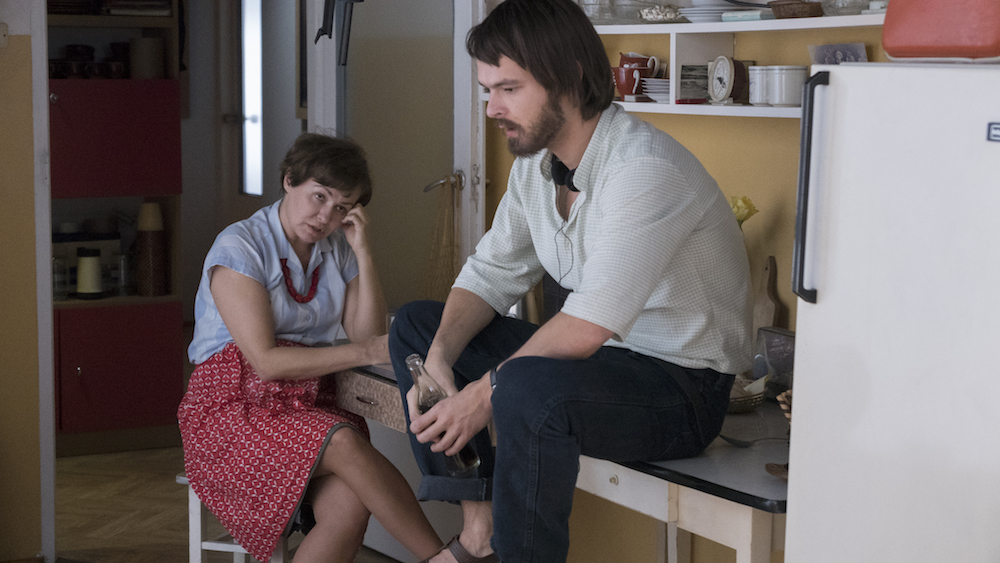
.jpg)
